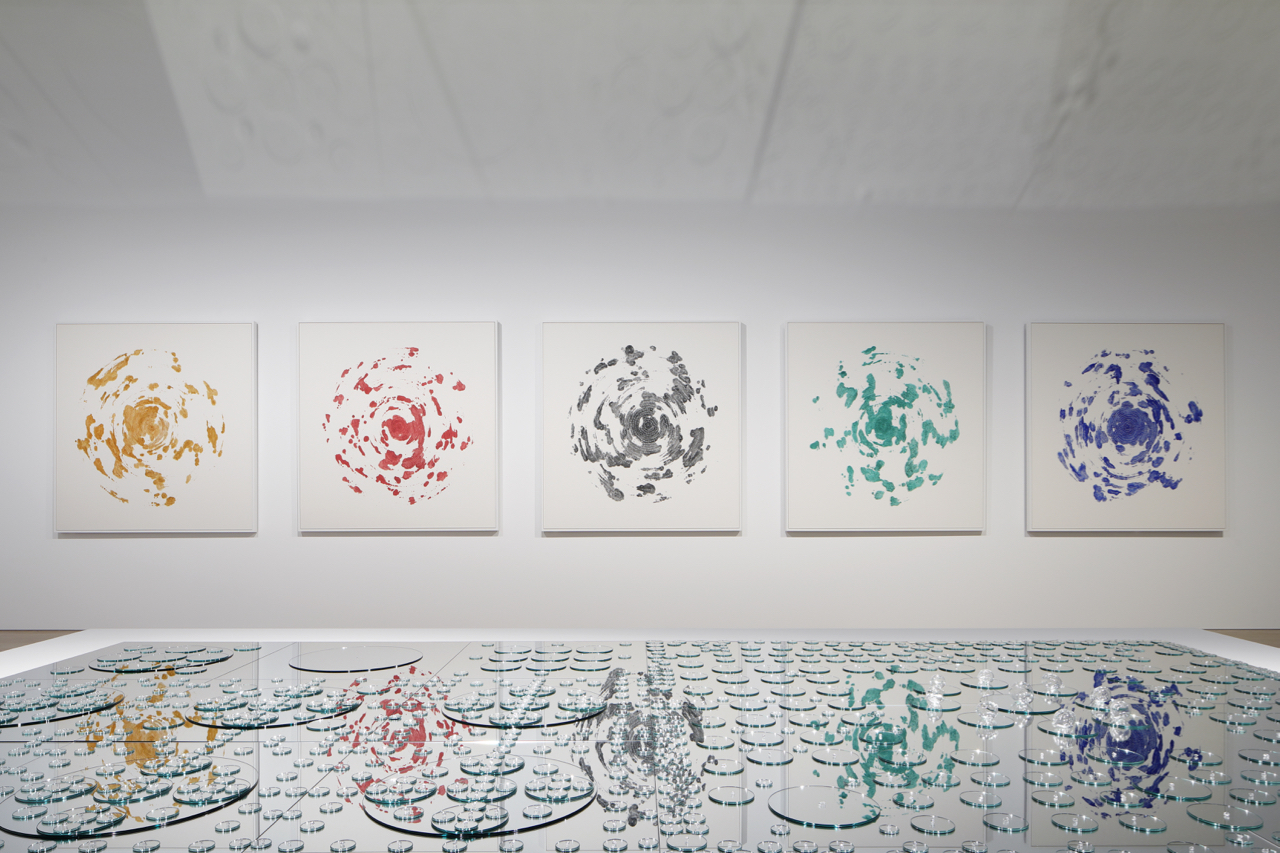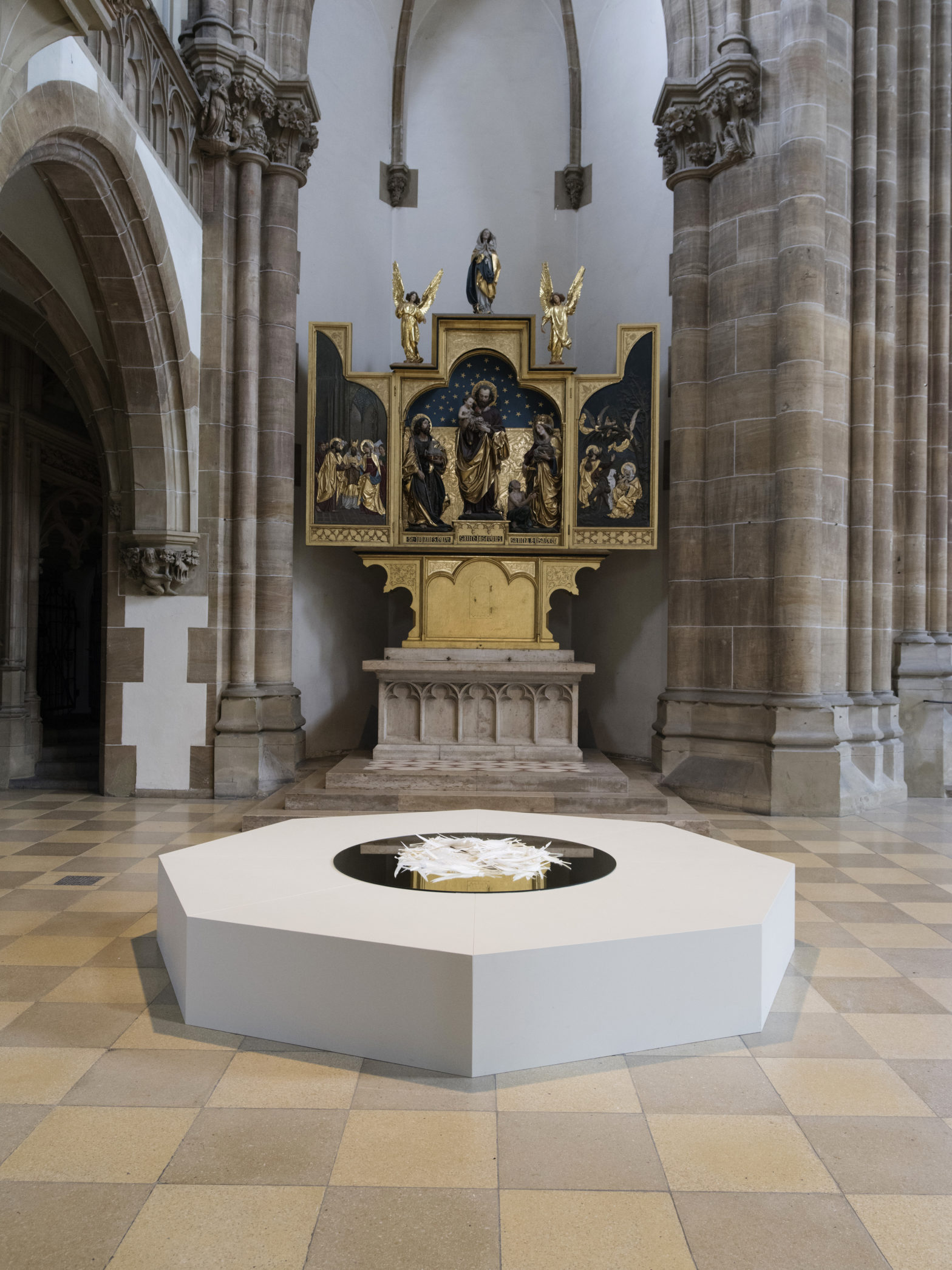Charwei Tsai
-
Coming Together
Coming Together (solo exhibition) TKG+, Taipei, Taiwan, 2021 Press Release 3D map of the exhibition “Coming Together” is an exhibition born out of conversations between Charwei Tsai from her studio in Taipei with other artists, creatives, and collaborators from different parts of the world during this period of collective trauma that the world has faced.…
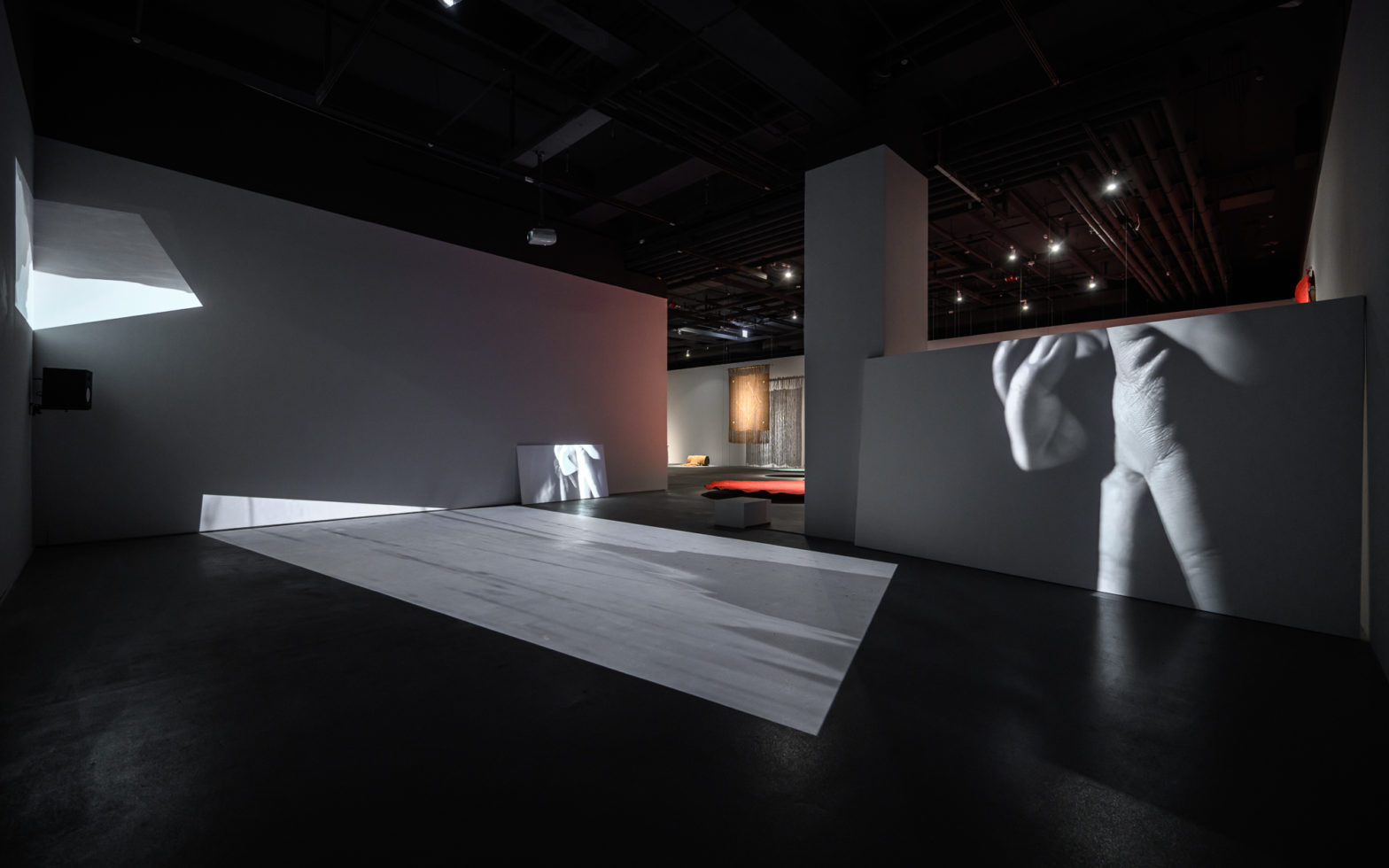
-
Walking on this Earth
The Womb & The Diamond – Seed Syllables, 2022 300x600cm Installation with mirrors and ashes DRAC Occitanie, Toulouse, France The Womb & The Diamond – Seed Syllables, 2022 is an installation composed of ten sanskrit characters in reference to the womb realm and the diamond realm mandalas from the esoteric Buddhist tradition Shingon in Japan.…
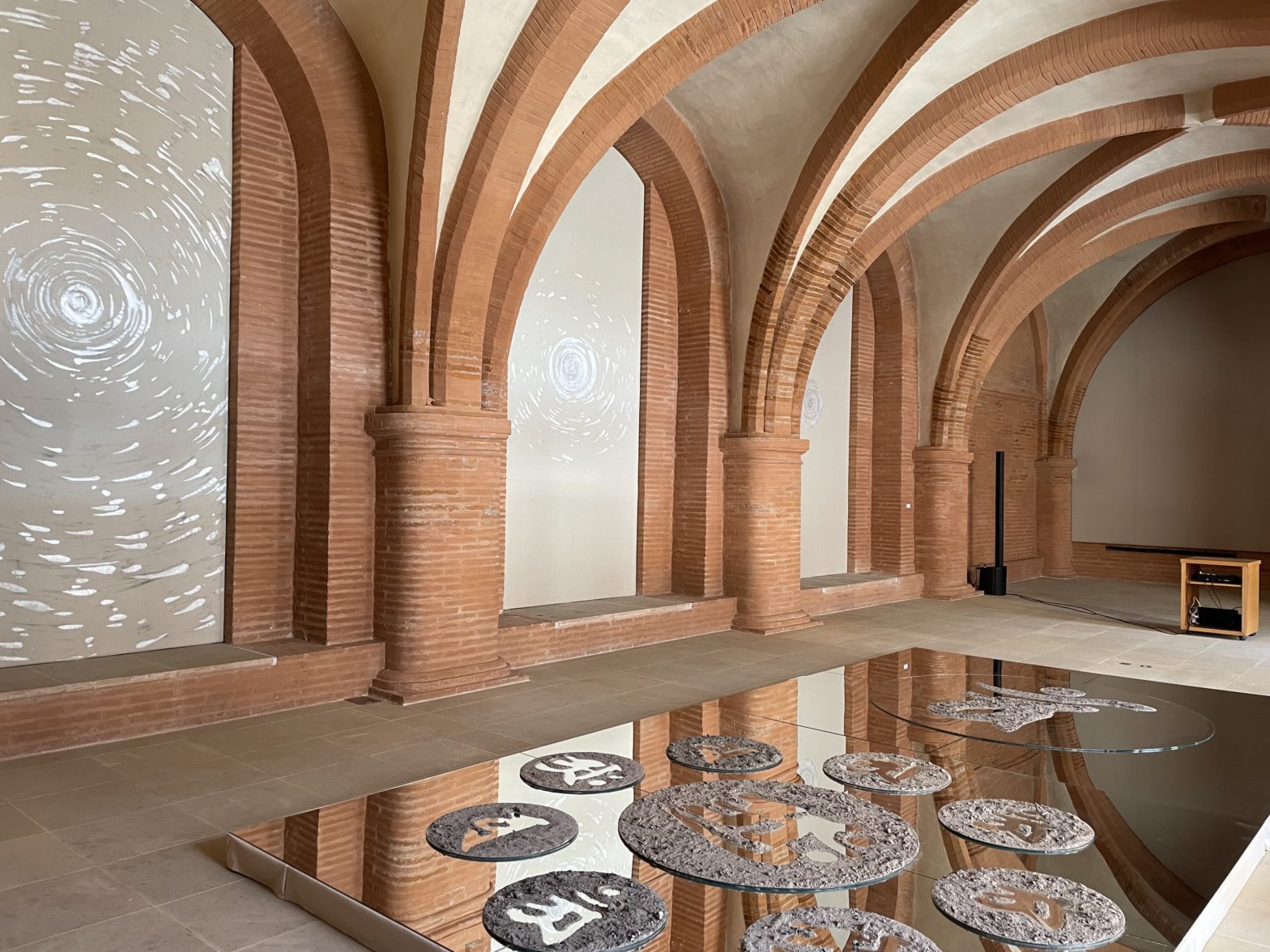
-
Between the Atom and the Universe
Charwei Tsai: Between the Atom and the UniverseScreening at Tate Lates & Conversation with curator Valentine UmanskyFriday 27 May 2022 Tate Modern, London, UKPhoto courtesy of Taiwan Ministry of Culture, London, UK Artist Charwei Tsai was welcomed to Tate Modern to present and discuss a selection of her videos made over the past two decades.…
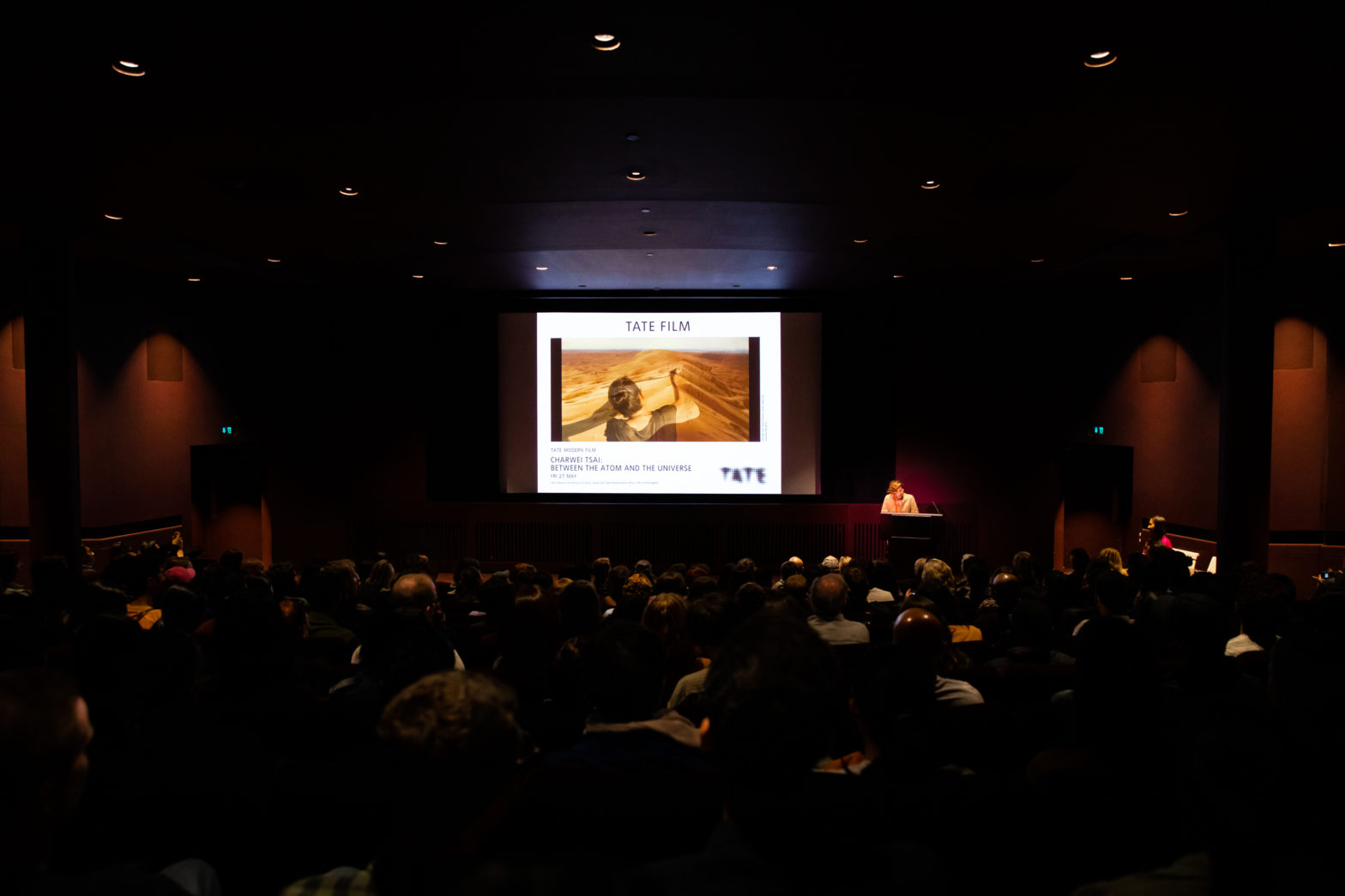
-
Listen to the Sound of the Earth Turning
Exhibition: – The Womb & The Diamond, 2021Installation of mirrors, hand-blown glass and a diamond, 300x600cm– Five Dakini Series, 2021Drawings, 180x180cm each Collection of Live Forever FoundationBoth on view at “Listen to the Sound of the Earth Turning”Curated by Mami KataokaHaruko Kumakura, and Hirokazu Tokuyama Mori Art Museum, Tokyo, Japan, 2022Photo by T. Koroda, Courtesy of…
